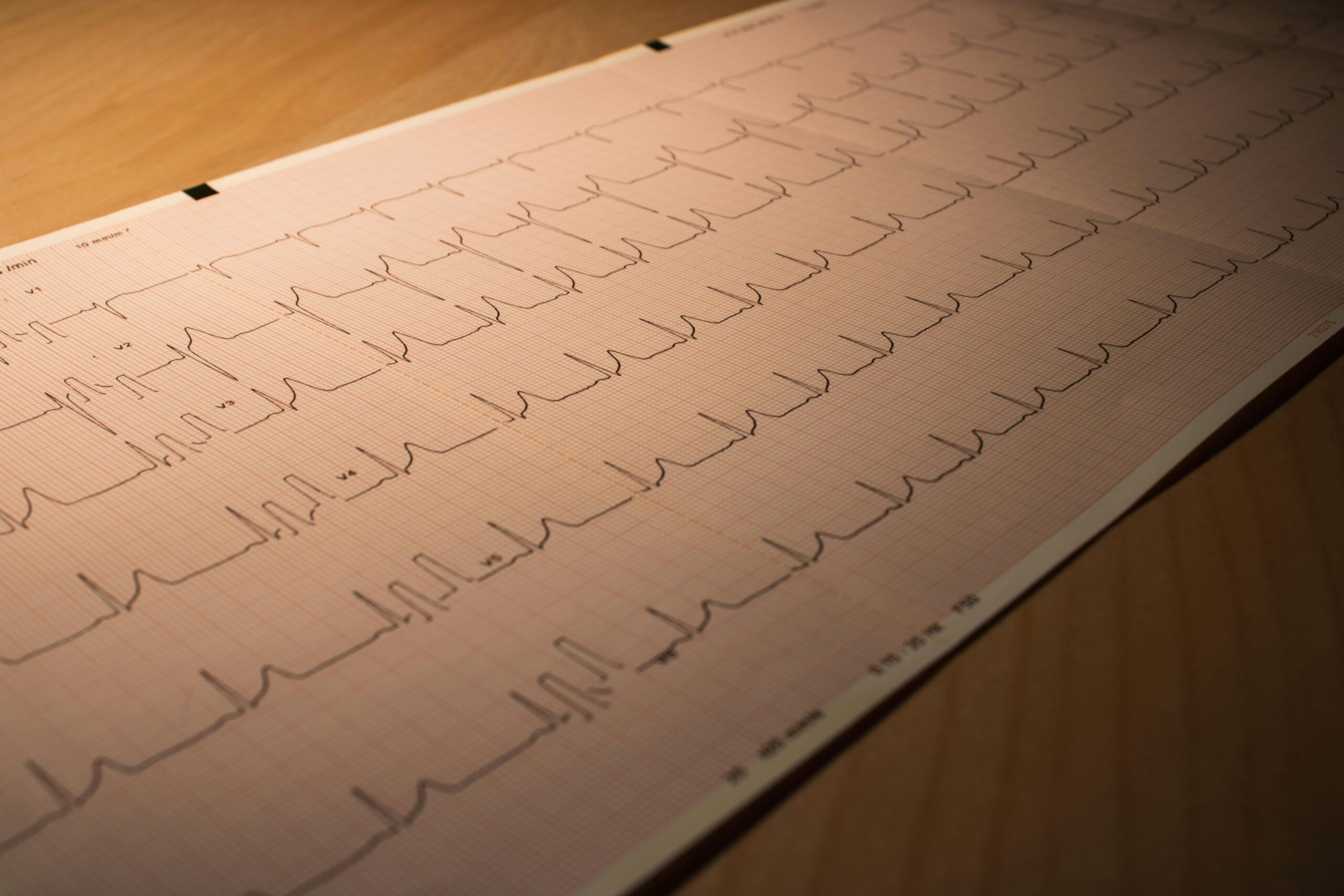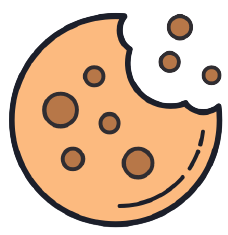Can swallowing a bee cause a fatal heart attack? To find out how life-threatening a bee or any insect attack can be.
Typically, insect bites lead to varying degrees of allergic reaction related to the bee’s stinger apparatus being inserted into the wound or skin of the human. In most cases, the reaction is mild and subsides with the stinger’s removal. But some may develop anaphylaxis, a severe form of allergy which can be life-threatening if untreated. Anecdotal reports of myocardial infarctions (heart attacks) following bee and wasp stings have been reported, usually days to weeks after a sting, with the infarction developing as a part of hypersensitive or allergic response. While anaphylaxis is a known complication of a bee sting, dying of a heart attack after a bee sting is unlikely.
Preventive measures include avoiding hives, not handling hives unless trained, and using protective gear for the face and body to prevent stings while handling hives or bees. To prevent death during any cardiac emergency, one must initiate cardiopulmonary resuscitation (chest compressions and rescue breaths) immediately, whether the cause is an insect sting or primary cardiac arrest. When in a high-risk area, wear tight, light-colored, long-sleeved clothes. When dealing with plants or moving around in gardens, don’t wear clothes with bright flower patterns. Avoid using perfumes, soaps, or shampoos with attractive smells. Be cautious when you move around materials/plants (cloves, dandelions, open sweet drinks, etc) which attract bees and wasps.
One of the most probable reasons is intentional or accidental disturbance to the hives by humans, often resulting in multiple stings, which turn fatal. Other factors include an overlap between human activity and insect habitats, especially in tourism hotspots, environmental/ecological factors, and habitat changes. Lack of awareness and preventive measures equally contribute One must never attempt to remove hives near homes or workplaces without adequate protection or training. Instead, one must call the fire services and the forest department.
Beekeepers, honey collectors/agricultural and forest workers, besides those who have a previous history of allergic reactions to bee/wasp strings. Also children, older adults, people with heart/lung disease (coronary artery disease, asthma etc) and immunocompromised patients.
Sdrenaline auto injectors, a pre-filled device which can deliver a fast dose of adrenaline (life-saving drug in treating anaphylaxis) to a victim, can be a very effective first aid tool for those with proven and anaphylaxis in the past. Unfortunately, availability is a huge challenge.
WHAT TO DO AFTER A BEE STING:
- Move to a safe area to avoid more stings..
- If stinger is visible, immediately scrape it off. Don’t try to remove stingers below skin surface.
- Wash sting area with soap water and put ice pack wrapped in cloth for at least 10-20 minutes.
- Strictly avoid scratching as it can lead to infection.
- Watch out for signs of anaphylaxis (severe allergic reaction) such as sudden swelling of lips, mouth, throat, tongue, difficulty in breathing and swallowing, dizziness or unresponsiveness.
- Report to a healthcare facility as soon as possible.





